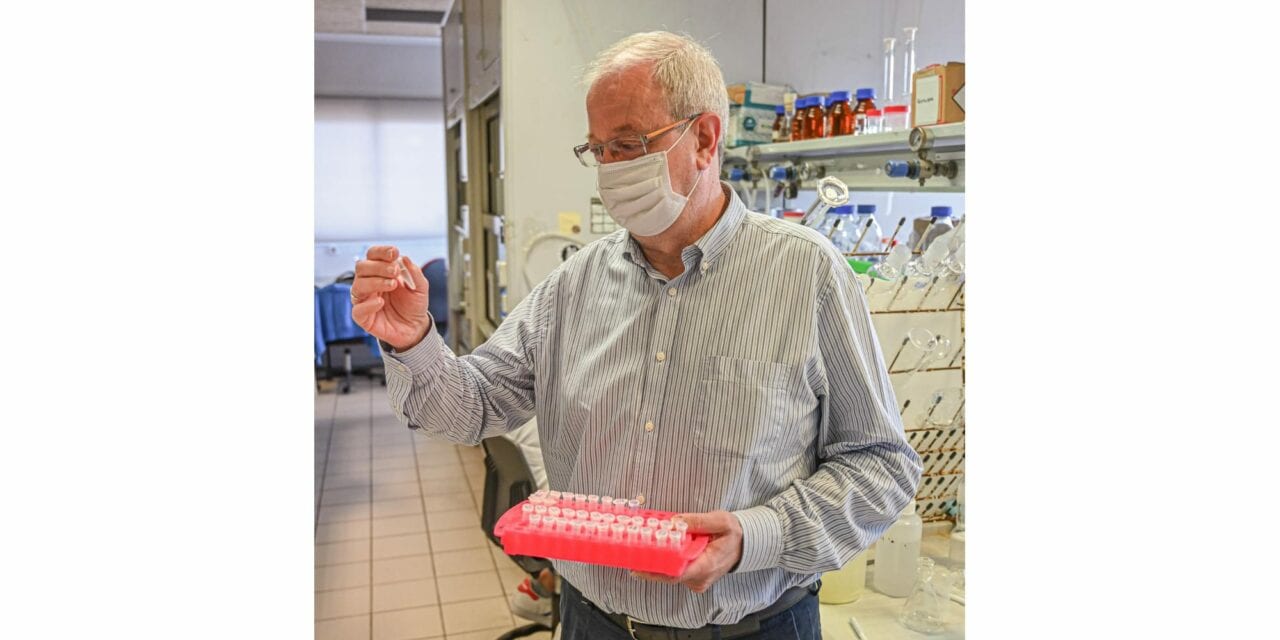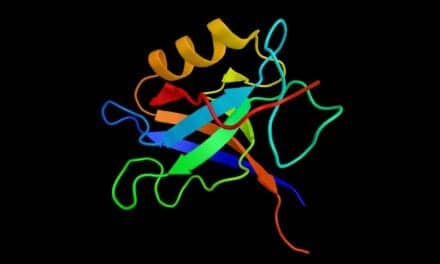A team of Spanish researchers have developed, at the laboratory level, a prototype of a new biosensor to help detect breast cancer in its earliest stages. One of the team coordinators has been Ramón Martínez Máñez, a professor at the Universitat Politècnica de València (UPV) and the scientific director of the Networking Biomedical Research Centre in Bioengineering, Biomaterials and Nanomedicine (CIBER BBN). The other one has been Ana Lluch, a Valencian oncologist, co-coordinator of the Breast Cancer Biology Research Group of the INCLIVA Health Research Institute of the Hospital Clínic de València, and a member of the Networking Biomedical Research Centre in Cancer (CIBERONC). Their work has been published in the journal ACS Sensors.
According to the latest data collected by the European Cancer Information System (ECIS), 34,088 new cases of breast cancer were diagnosed in 2020 in Spain. This type of tumor was then the most frequent among women in this country.
Currently, mammography is the most widely used standard technique for diagnosis, but it has some limitations, such as exposure to radiation, and lower sensitivity and specificity in young women with dense breast tissue. “Therefore, new diagnostic tools are needed to aid in the early detection of breast cancer. Our biosensor is along these lines,” explains Ana Lluch.
The development of this biosensor falls within the field known as liquid biopsy, which helps detect the presence of cancer through a blood test. The mesoporous biosensor developed by the UPV-INCLIVA team is easy to use, low cost, and provides results in a very short time—between 30 and 60 minutes—from a sample of the patient’s plasma.
The biosensor is composed of a nanomaterial—a nanoporous alumina—that facilitates the detection in plasma of miR-99a-5p microRNA, which is associated with breast cancer. Until now, this has been done by using complex and time-consuming techniques, which means that this system could not be used as a diagnostic tool in the clinical setting.
Martínez Máñez explains how their alternative diagnostic system works: the nanopores of the biosensor are loaded with a dye—rhodamine B—and sealed with an oligonucleotide. When interacting with the plasma sample, if the pore gates do not detect the presence of the microRNA, they remain closed; in contrast, in the presence of miR-99a-5p, the pore gates open and the dye is released. “The change in dye release can be correlated with either healthy or breast cancer patients,” summarizes Martínez Máñez.
Staff from the IIS La Fe Institute for Health Research, where the tests for the validation of the new biosensors have been carried out, and the Networking Biomedical Research Centre in Cancer (CIBERONC) have also participated in the development of this biosensor.
“The next step in our work will be validating our system in a larger group of patients,” concludes Ramón Martínez Máñez.
Featured image: Ramón Martínez Máñez, professor at the Universitat Politècnica de València (UPV) and the scientific director of the Networking Biomedical Research Centre in Bioengineering, Biomaterials and Nanomedicine (CIBER BBN) (Courtesy: UPV)





